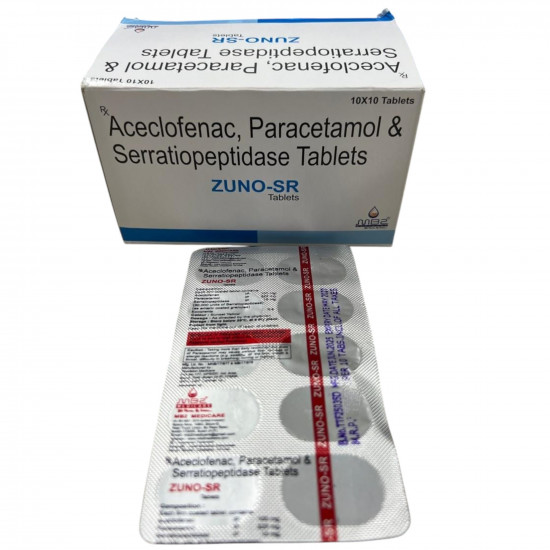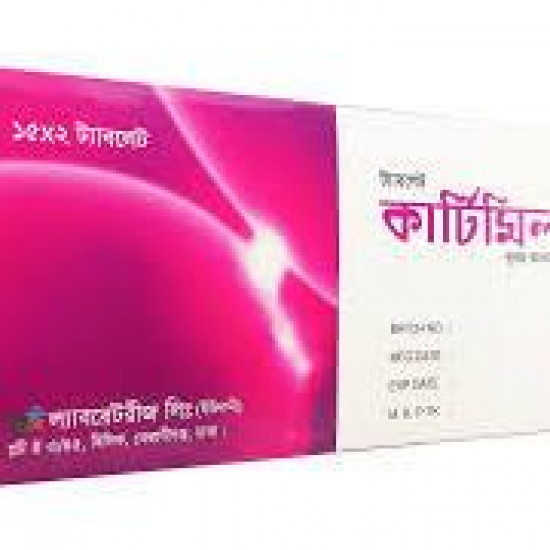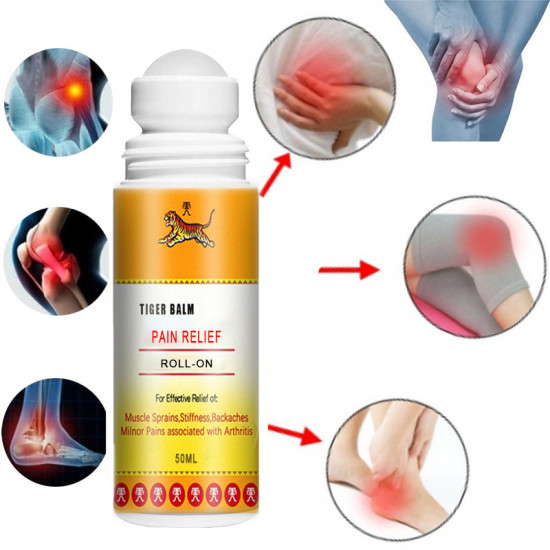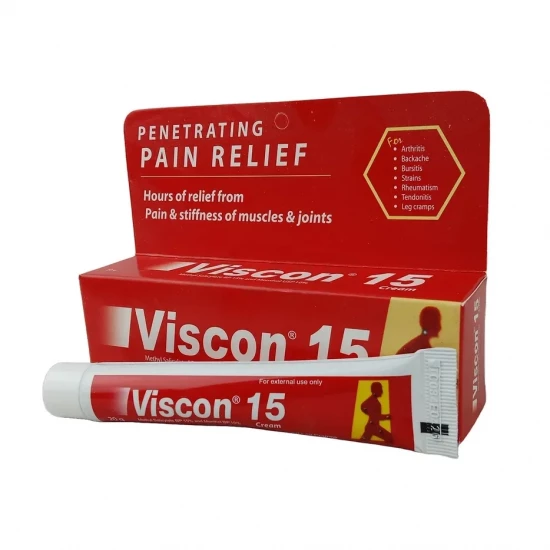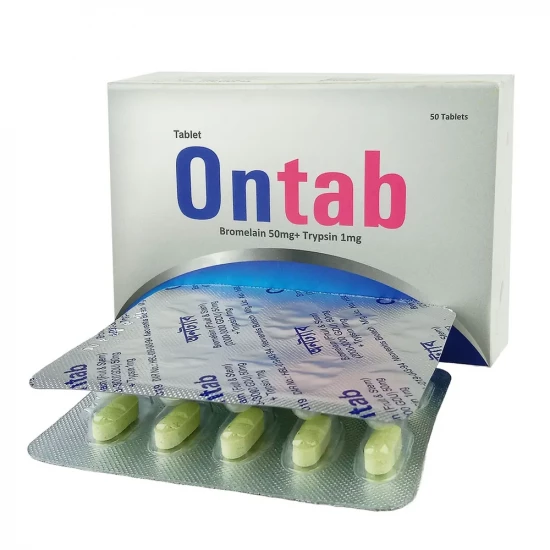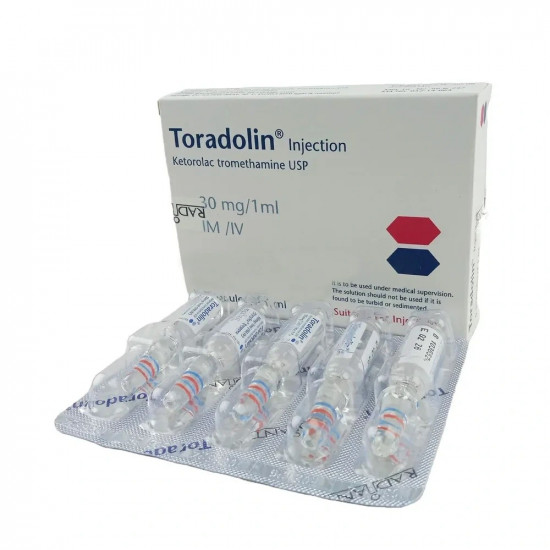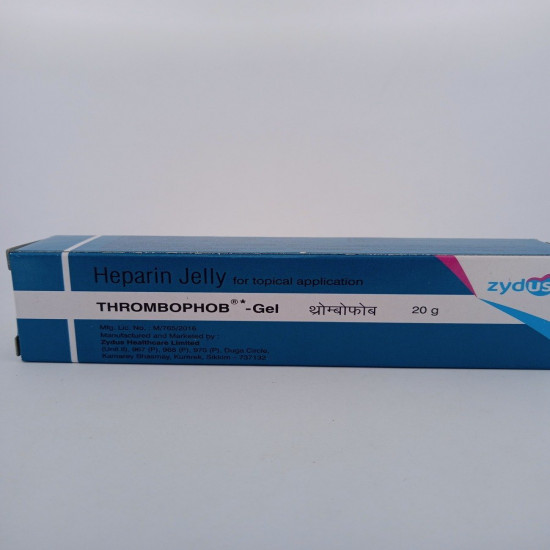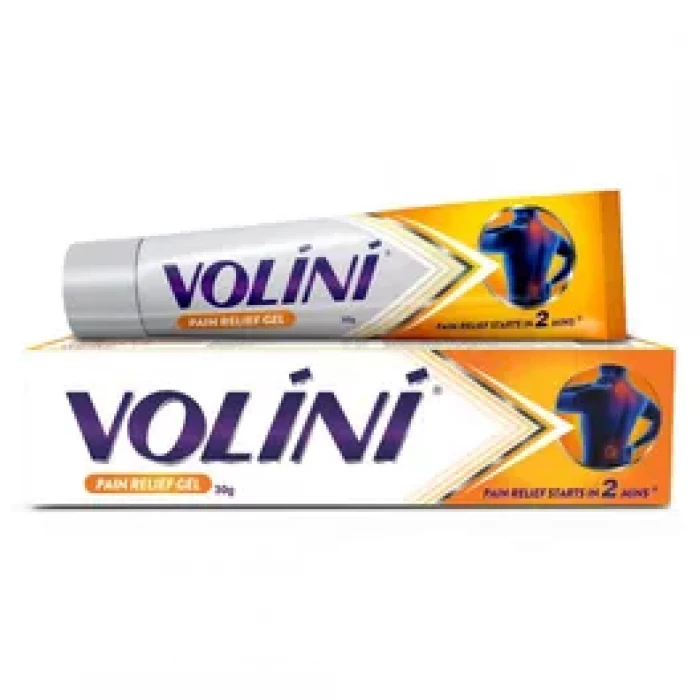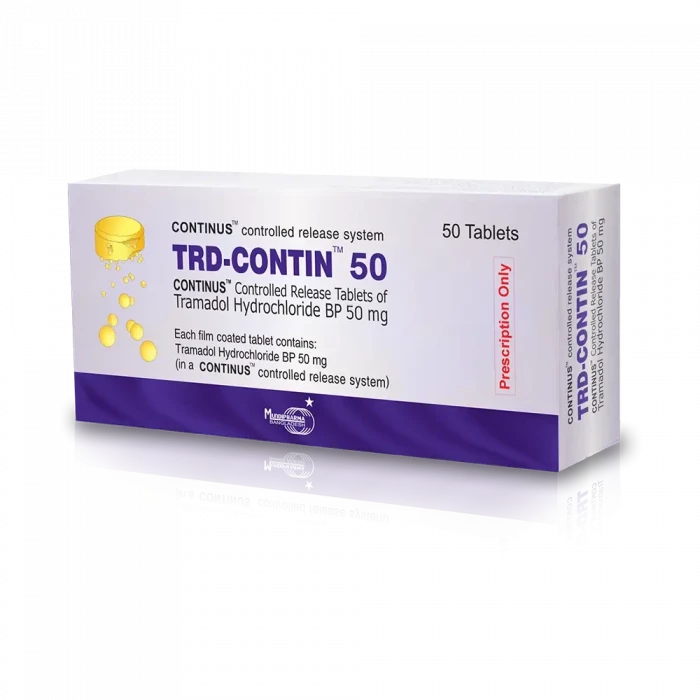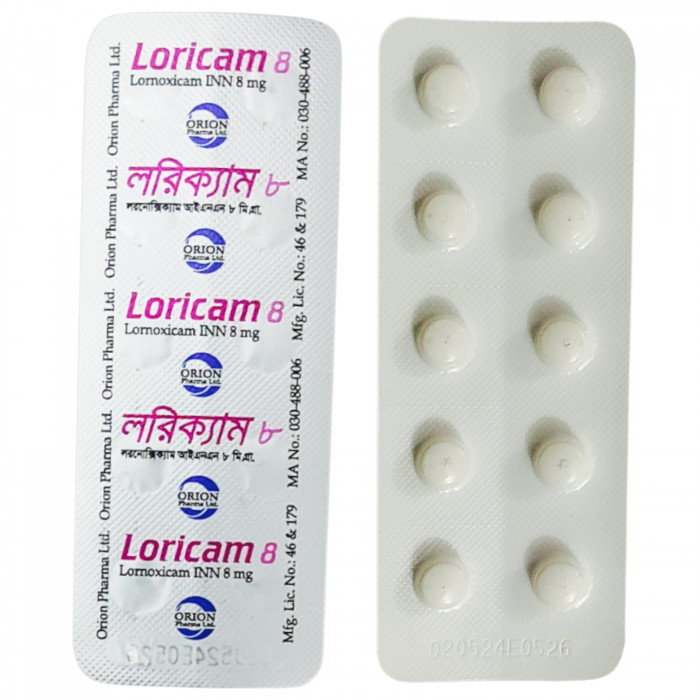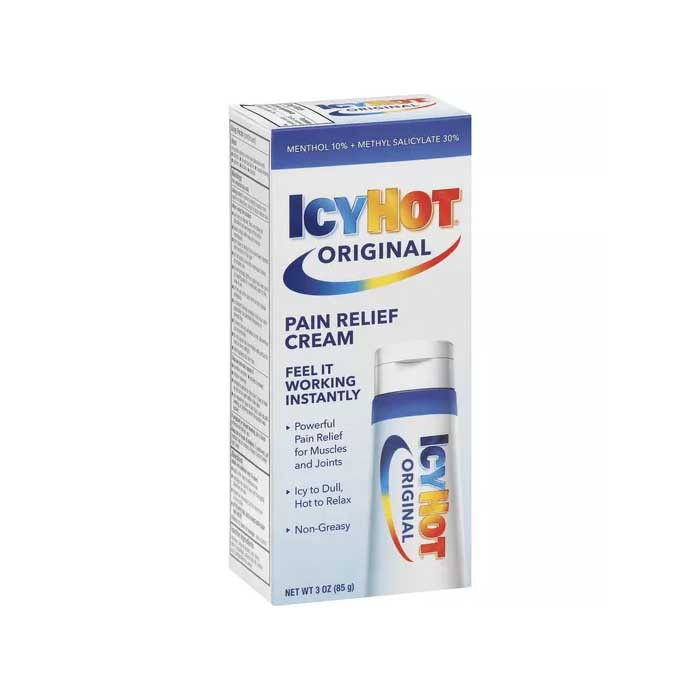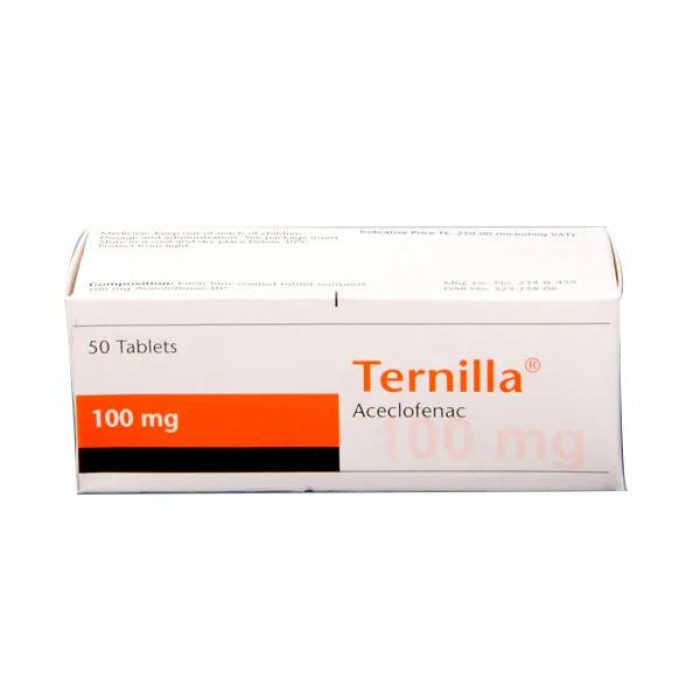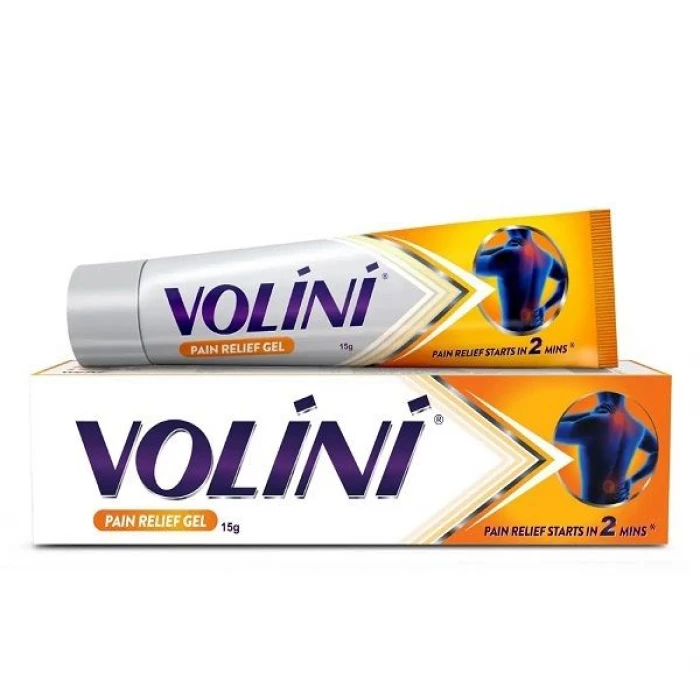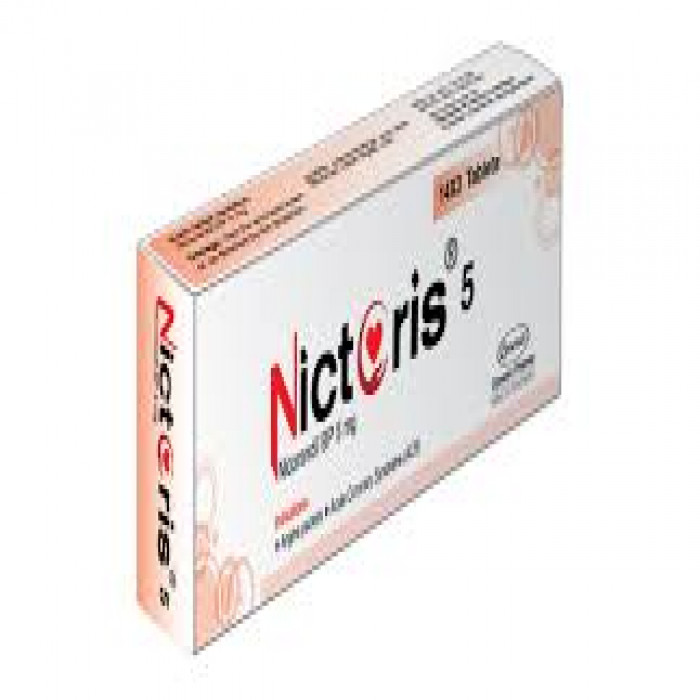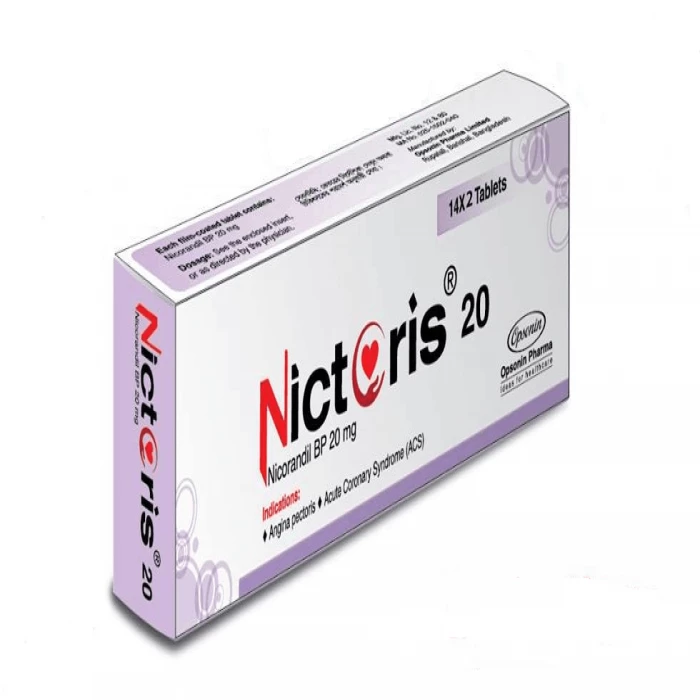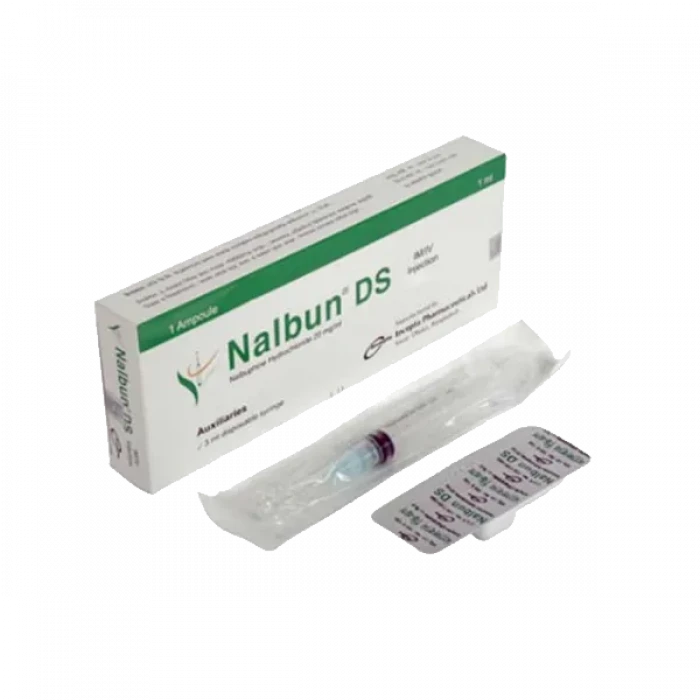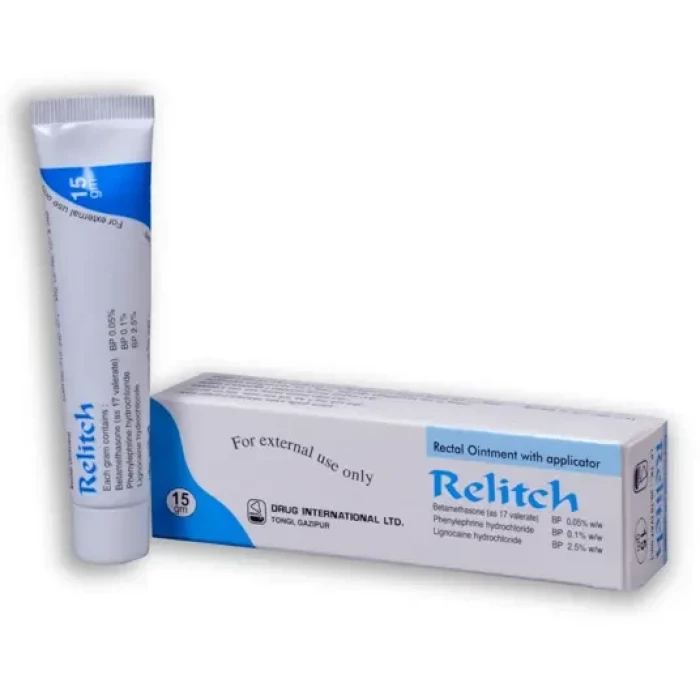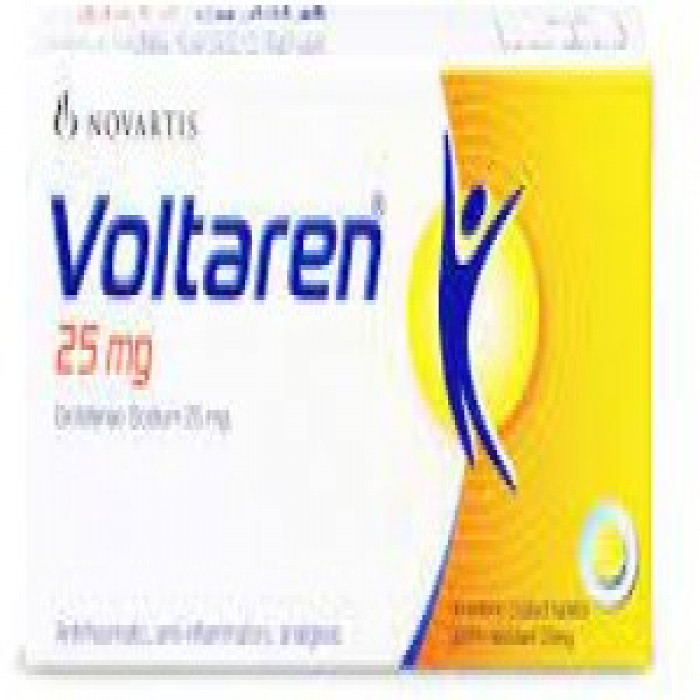
✔ 100% Authentic Product
👁️ Currently Viewing 2484
✅ Description:
Indications
Rheumatology includes inflammatory and degenerative rheumatism, polyarthritis, ankylosing spondylarthritis, osteoarthritis, spondylarthroses, acute gout, and peri-articular rheumatic diseases.
Sprains, bruises, dislocations, fractures, soft-tissue injuries, and surgical procedures are all examples of surgery and traumatology.
Primary dysmenorrhoea, episiotomy, adnexitis, endometritis, parametritis, salpingitis, and mastitis are all conditions seen in obstetrics and gynecology.
Pre-operative medication for the prevention of pain, inflammation, and edema in otorhinolaryngology.
Post-operative and post-traumatic discomfort, inflammation, and swelling are common in dentistry.
Pharmacology
Dilofenac Sodium is an anti-rheumatic, anti-inflammatory, analgesic, and antipyretic non-steroidal anti-inflammatory medication (NSAID). It also contains uricosuric properties. Diclofenac works by inhibiting prostaglandin production, which is a key factor in the development of inflammation, discomfort, and fever.
When taken with or after a meal, diclofenac is swiftly and thoroughly absorbed from the gastrointestinal tract. After consumption, peak plasma concentrations are obtained in an average of 2 hours. It is 99.7% bound to plasma proteins at therapeutic dosages. Diclofenac is metabolized in the liver and goes through a first-pass process.
Dosage & Administration
Diclofenac FC Tablet: Adults: 75-150 mg daily in 2 to 3 divided doses, preferably after food. Dose should be reduced in long term use.
Diclofenac SR Tablet:
Adult: 1 tablet daily, taken whole with liquid, preferably at meal times. If necessary, the daily dose can be increased to 150 mg by supplementation with conventional tablets.
Children: 1-3 mg of diclofenac/kg body wt. daily in divided doses.
Elderly patients: In elderly or debilitated patients, the lowest effective dosage is recommended, although the pharmacokinetics of diclofenac sodium is not impaired to any clinically relevant extent in elderly patients.
Diclofenac Dispersible Tablet:
Adults: The recommended daily dosage is 2-3 tablets and the maximum daily dose is 150 mg. In milder cases, 2 tablets of Diclofenac DT per day are sufficient. Diclofenac DT should preferably be taken before meals.
Children: Diclofenac is not recommended in children for other indications except juvenile rheumatoid arthritis where the recommended dose is 1-3 mg/kg body weight. Diclofenac DT is to be dropped into a half-glass of water and the liquid is to be stirred to aid dispersion before swallowing. There is no information on the use of Diclofenac DT for more than 03 months.
Diclofenac TR Capsule: One capsule daily. Diclofenac TR should be taken preferably after mealtimes.
Diclofenac Suppository: For adults: 50 mg suppository 2-3 times daily. Maximum daily dose is 150 mg.
Diclofenac injection: For adults the usual dose is 1 ampoule daily. In serious cases this dose may be increased up to 2 ampoules daily.
Diclofenac Gel: For external use only. Depending on the size of area to be treated, 2-4 g of Diclofenac gel should be applied to the skin 3-4 times daily. To the affected area gel should be rubbed in lightly. This gel may also be given in addition to further treatment with other dosage forms of Diclofenac.
Contraindications
Patients who are hypersensitive to any of the items' ingredients should avoid using it. Peptic ulcer, hypersensitivity to Diclofenac, as well as other non-steroid anti-inflammatory agents. Diclofenac is also contra-indicated in asthmatic patients who have had an attack of asthma, urticaria, or acute rhinitis triggered by acetylsalicylic acid or other drugs that inhibit prostaglandin synthetase.Under occlusive airtight dressings, this Gel should not be utilized.
Side Effects
When taken with or after a meal, diclofenac is swiftly and thoroughly absorbed from the gastrointestinal tract. After consumption, peak plasma concentrations are obtained in an average of 2 hours. It is 99.7% bound to plasma proteins at therapeutic dosages. Diclofenac is metabolized in the liver and goes through a first-pass process.Diclofenac Sodium Gel can produce skin irritation, reddening, and a rash on the affected area.
Pregnancy & Lactation
Diclofenac should only be used if absolutely necessary during pregnancy. The smallest dose that is effective should be utilized. These medications are not advised to be taken during the first trimester of pregnancy. Diclofenac Sodium Gel is not suggested during pregnancy due to a lack of clinical evidence. Diclofenac can be found in extremely small amounts in breast milk, however it has no negative effects.
Precautions & Warnings
In rare cases, patients using Diclofenac may develop peptic ulcers or experience gastrointestinal bleeding. Patients in their advanced years should be closely monitored. Diclofenac Sodium Gel should not be applied to the eyes or mucous membranes, and the hands should be thoroughly cleansed after application. It should not be consumed by mouth.
Therapeutic Class
Non-steroidal anti-inflammatory drugs, drugs for osteoarthritis, drugs for rheumatoid arthritis (NSAIDs)
Storage Conditions
Store in a cold, dry, and light-protected location. Keep it below 30°C. Keep out of children's reach.
⚠️Disclaimer:
At ePharma, we’re committed to providing accurate and accessible health information. However, all content is intended for informational purposes only and should not replace medical advice from a qualified physician. Please consult your healthcare provider for personalized guidance. We aim to support, not substitute, the doctor-patient relationship.




